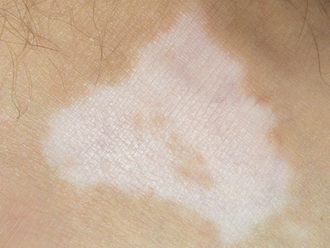
It sounds like something Elon Musk might have cooked up: "Disease X." In fact, the term was coined years ago as a way of getting scientists to work on medical countermeasures for unknown infectious threats - novel coronaviruses like the one that causes COCID-19, for example - instead of just known ones, like the Ebola virus. The idea was to encourage the development of platform technologies, including vaccines, drug therapies and diagnostic tests, that could be rapidly adapted and deployed in response to an array of future outbreaks with epidemic or pandemic potential.
1. What is 'Disease X?'
It's the somewhat mysterious name for an illness caused by a currently unknown, yet serious microbial threat. The World Health Organisation added Disease X in 2017 to a short list of pathogens deemed a top priority for research, alongside known killers like Severe Acute Respiratory Syndrome (SARS) and Ebola. The issue made it onto the agenda of the World Economic Forum in Davos, Switzerland, with WHO Director General Tedros Adhanom Ghebreyesus joining other health officials to discuss it.
COCID-19, caused by a novel coronavirus, was an example of a Disease X when it touched off the pandemic at the end of 2019. The vast reservoir of viruses circulating in wildlife are seen as a likely source of more such diseases. That's because of their potential to spill over and infect other species, including humans, giving rise to an infection against which people will have no immunity.
2. What's the point of studying Disease X?
As the WHO puts it, it's to "enable early cross-cutting R&D preparedness that is also relevant" for an unknown disease. The humanitarian crisis sparked by the 2014-2016 Ebola epidemic in West Africa was a wake up call. Despite decades of research, there were no products ready to deploy in time to save more than 11,000 lives. In response, the WHO created an R&D Blueprint to accelerate development of a range of tools for "priority diseases."
The current list includes:
- COVID-19,
- Crimean-Congo hemorrhagic fever,
- Ebola virus disease and Marburg virus disease, - Lassa fever,
- Middle East respiratory syndrome (MERS) and SARS,
- Nipah and henipaviral diseases,
- Rift Valley fever,
- Zika,
- Disease X
3. How's the research for the next pandemic going?
It took just 326 days from the release of the genetic sequence of the SARS-CoV-2 virus to the authorisation of the first Covid vaccine, thanks in part to the work done since 2017 in preparation for Disease X. Now groups like the Coalition for Epidemic Preparedness Innovations, or CEPI, are supporting rapid response vaccine platforms that could develop new immunisations within 100 days of a virus with pandemic potential emerging under a $3.5 billion plan.
Other efforts underway include:
- A $3.5 billion plan to support rapid response for the creation of vaccines.
- The approval of a new fund for pandemic prevention and preparedness by the World Bank.
- Updating international health regulations for a global agreement in the case of future emergencies.
- WHO is developing a hub in Berlin that will act as an access point for data and risk analysis of future threats.
- NextGen, a $5 million project, aims to develop vaccines and treatments for COVID-19 and future pathogens.
- The development of a countrywide platform for detecting and responding efficiently to health emergencies has more than $2.5 million in funding.
- A global center is being established for pandemic therapeutics.
Still, numerous challenges threaten to undermine these efforts, including depleted and weakened health systems, a growing anti-science movement that has increased vaccine hesitancy, and the potential for governments to eventually deprioritise funding for outbreak detection and preparedness as perceived risks dissipate.







